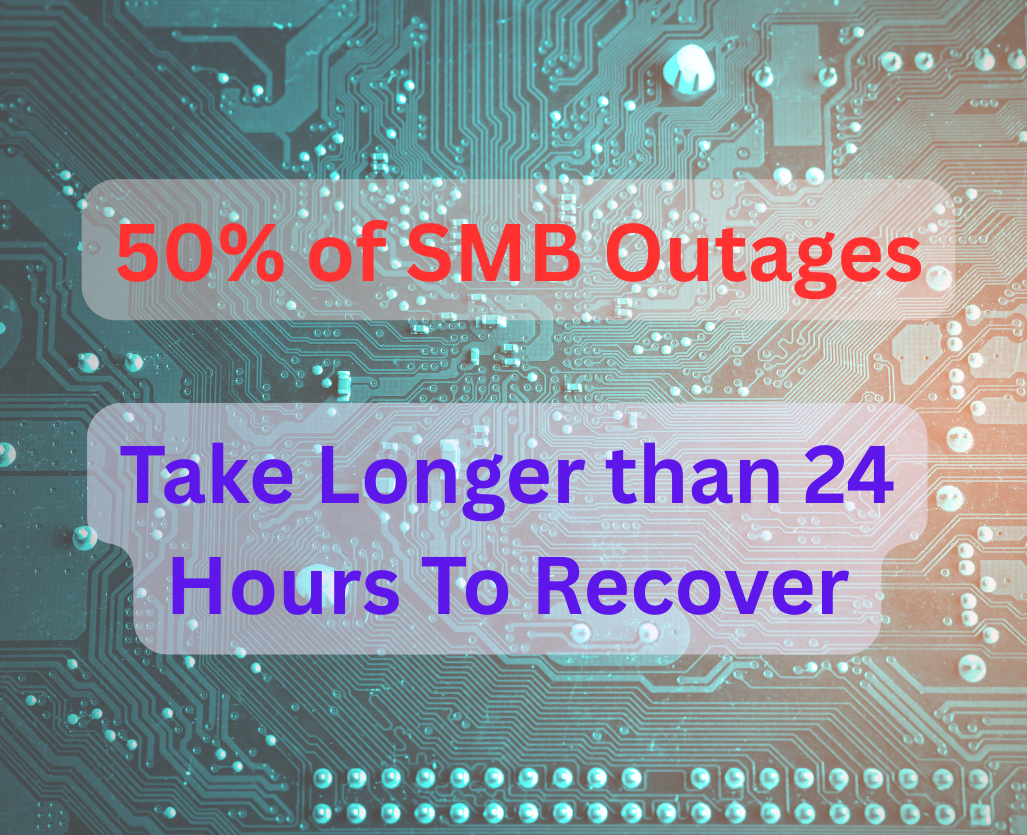How Zero Trust Can Safeguard Your SMB from Cybersecurity Risks
According to a recent survey of 1,200 small and medium-sized businesses (SMBs) by Momentive on behalf of CyberCatch, a staggering 75% of SMBs could not continue operating if they were hit with ransomware. Beyond the immediate financial impact of paying a ransom, the real damage is often the total disruption to operations. This survey highlights the risks SMBs face in today’s increasingly hostile digital environment—risks that not only threaten business continuity but also tarnish reputation and erode customer trust. This is where implementing a Zero Trust cybersecurity framework can make a significant difference.
Zero Trust is not a quick fix or a one-time product purchase. It’s a continuous journey that builds a security framework into the fabric of your business. Unlike traditional security models, which focus on a perimeter to protect your network, Zero Trust assumes that every access request—whether from inside or outside the network—is potentially malicious. This requires authentication, authorization, and continuous monitoring, ensuring that no one is granted unrestricted access. By embracing this mindset, your organization reduces the likelihood of an attack going unnoticed and helps identify risks before they materialize into a breach.
A common misconception is that Zero Trust will stifle business operations or slow down growth. However, Zero Trust, when implemented correctly, actually enables growth. It is aligned with your business objectives, allowing you to scale securely. As your company expands, whether by adding employees, new technologies, or processes, Zero Trust evolves to keep pace with these changes. It’s a dynamic framework that adapts as your business progresses, ensuring that security isn’t a barrier but an enabler, helping you move forward without compromising protection.
While Zero Trust can’t offer a 100% guarantee against breaches, it dramatically reduces the risk of a significant incident by continuously verifying access and monitoring user behavior. In the event of a breach, it makes it easier to detect, contain, and mitigate the damage—reducing downtime and improving recovery times. That said, no cybersecurity framework is completely foolproof, and the risks associated with breaches go beyond direct financial losses. Often, it’s the loss of customer trust, damage to your brand’s image, and the long-term impact on relationships that prove to be the most difficult to recover from.
Given the complexity and the evolving nature of cybersecurity threats, it’s wise to partner with a trusted guide to help you implement and maintain a Zero Trust framework. A knowledgeable partner can ensure that your security measures are tailored to your business needs, helping you avoid costly mistakes and maximize the effectiveness of your security investments. In the long run, this guidance saves you capital, allowing you to focus on growing your business while knowing your systems and data are protected.
Take Action Today: Evaluate the Real Cost of a Cyberattack
One of the most important steps you can take today is to evaluate the potential impact a cyberattack would have on your business—not just in terms of direct monetary losses, like sales revenue, salaries, and infrastructure costs, but also considering the long-term effects on your brand image and the trust of your customers. Understanding these broader impacts will help you prioritize the implementation of a Zero Trust strategy, and investing in proper security now can save you from devastating consequences down the road. Having a trusted guide throughout this journey ensures that your path to cybersecurity is both effective and efficient.



